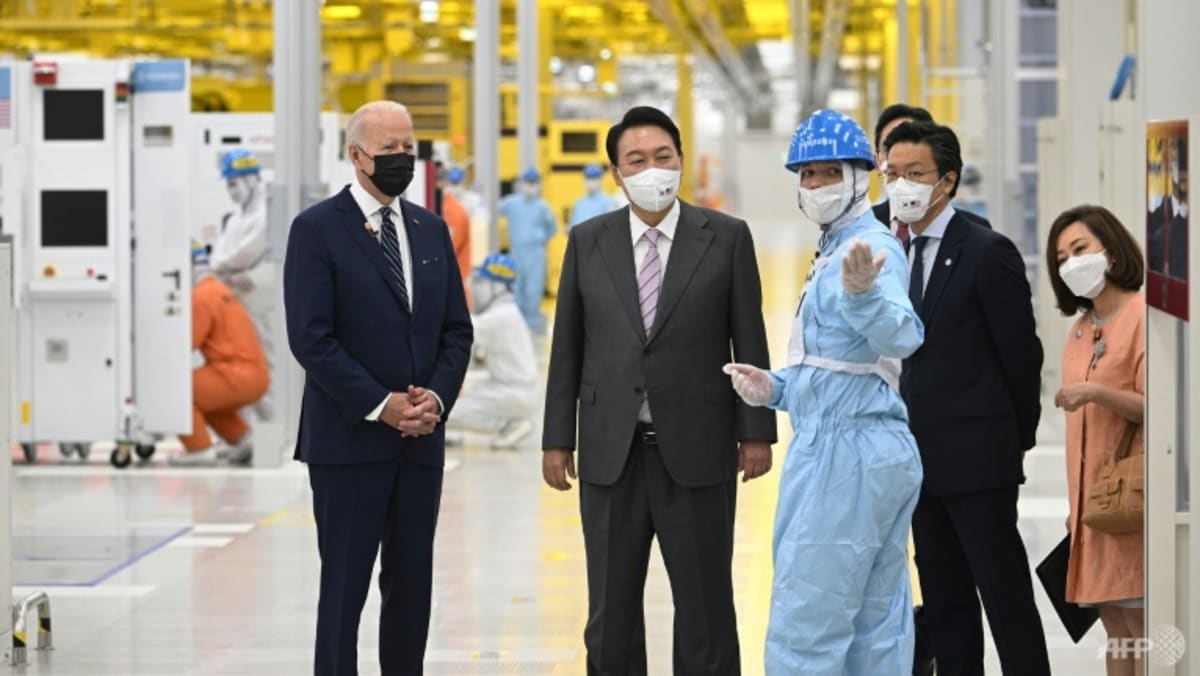
China’s recent breakthroughs are difficult to ignore. SMIC has stepped up production technology by two generations, not only sidestepping US export controls on advanced chipmaking equipment, but also aiding state efforts to develop a world-class chip industry at home.
American officials have expressed fear that Yangtze Memory Technologies Corp (YMTC) – another major player in China’s push for semiconductor self-reliance – could end up supplying advanced chips at affordable prices, putting US manufacturers under pressure.
HARD TO EXCLUDE CHINA
Washington’s insistence on excluding China from any semiconductor supply-sharing mechanism is off-putting to Asian partners with business ties to Beijing.
Moreover, US containment measures may undermine rather than strengthen global chip supply chains. Leading chipmakers in East Asia would face an uphill battle trying to ship new equipment to their own factories in China, potentially causing chip prices to surge if production suffers.
Similarly, Washington’s efforts to lure Taiwanese and Korean chipmakers towards manufacturing in the US ignores China’s own endeavours to attract chipmakers to its shores. In January, Shanghai and Zhejiang announced subsidies and preferential tax policies for manufacturers to build new plants.
For Washington, subsidies and near-term investment should be seen as a starting point at best.
Taken together, the US has little chance of stabilising global semiconductor supply chains without China’s support. A divisive semiconductor alliance threatens to put Asia’s quest for self-reliance on the backburner, and confirms that the overriding goal is to deny China access to the most sophisticated chips.
Hannan Hussain is a foreign affairs commentator and recipient of the Fulbright Award at the University of Maryland.
